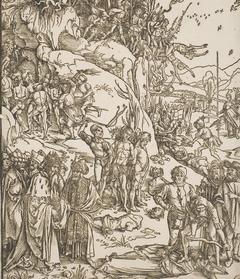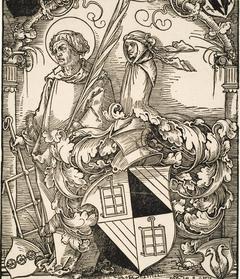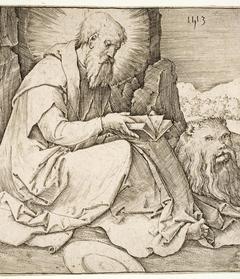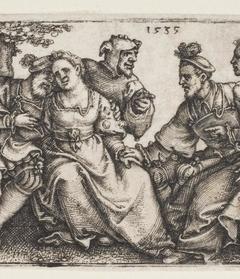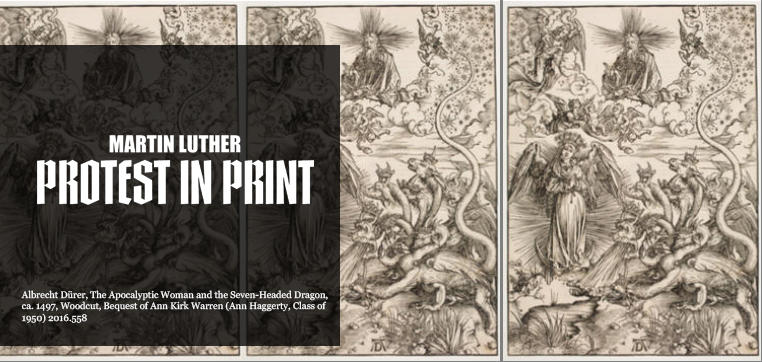
On October 31, 1517, university teacher and Augustinian monk Martin Luther (1483–1546) distributed his list of ninety-five articles, later known as the Disputation On the Power of Indulgences. Likely posted to the door of the All Saints Church in Luther’s town of Wittenberg, Germany, the Ninety-five Theses challenged the pope’s power to remit punishment for sins. Quickly elaborated, translated, printed, and distributed, Luther’s provocation activated a reform of the Christian Church that would profoundly alter European society. The Davis commemorates this historic moment with an exhibition of early modern prints and rare books that demonstrate the diverse ways in which the print medium was utilized by theologians, artists, and printers to explore and spread reform ideas to a broad audience.
Beginning in the mid-fifteenth century, the invention of the printing press made it possible to copy and disseminate texts and images at relatively low cost. For proponents of Church reform, this new technology offered a clear means to circulate their ideology to an expanding market. The value of the visual arts in religious practice—long fundamental to Christianity—was a complicated issue for Luther, who ultimately conceded that images could be used purely to illuminate theological matters. Among artistic media, prints were the most accessible; at the turn of the sixteenth century, artists including Albrecht Dürer, Lucas Cranach, and Hans Holbein led new innovation in printmaking, especially in German-speaking lands. These artists inhabited Martin Luther’s circle; principal reformers were their subjects and patrons, and reform sensibilities pervaded the themes and details of their art. Throughout the sixteenth century, ideas and texts, iconographies and compositions responded to one other, creating a visual record of the reform movement that changed European art and Christianity forever.
Martin Luther: Protest in Print was curated by Meredith Fluke, former Kemper Curator of Academic Programs, in consultation with Simon Grote, Associate Professor of History at Wellesley College, and presented with generous support from The Mary Tebbetts Wolfe ‘54 Davis Museum Program Fund.
Special thanks to Ruth Rogers and Mariana Oller in the Special Collections of Wellesley College and to the Yale University Art Gallery for making the online version of this exhibition possible.
